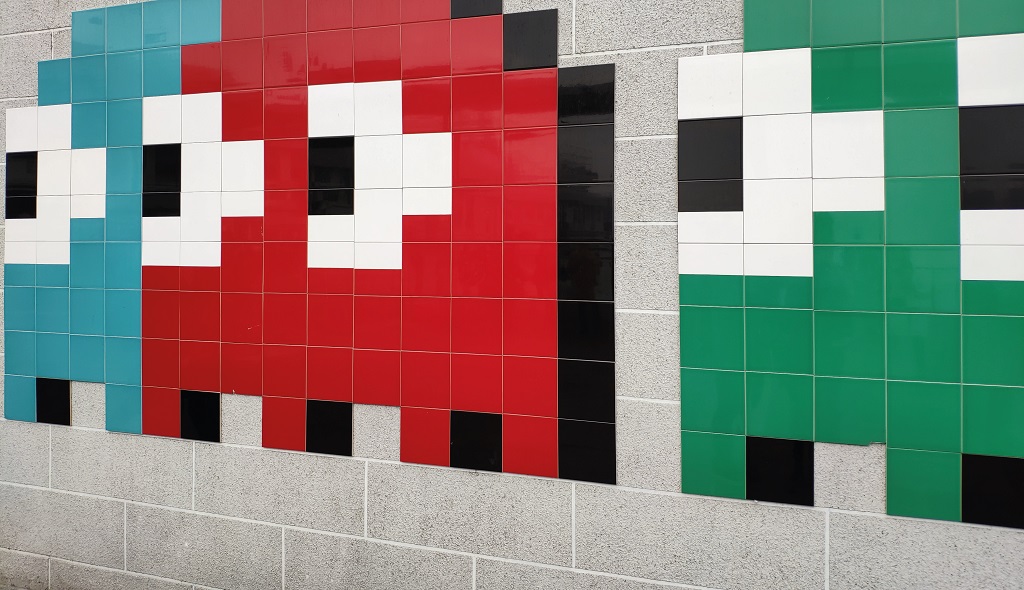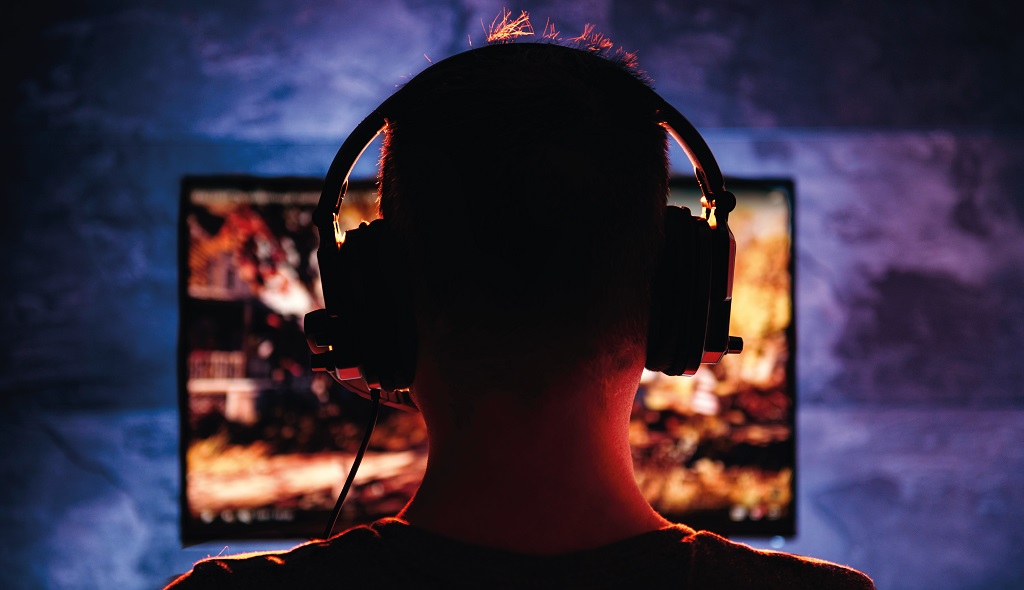The gaming industry’s global expansion paved the way for unique opportunities in emerging markets. Brazil, in particular, emerged as a powerhouse in the gaming world, becoming the world’s fifth-largest market in terms of player numbers and one of Latin America’s fastest-growing gaming markets. With a staggering $2.7 billion USD generated in gaming revenue in 2022, Brazil’s ranks 10th in worldwide gaming revenue.
Let’s delve into why video game developers and publishers should carefully consider localization into Brazilian Portuguese.
1. Unique Brazilian Player Base

The potential of the Brazilian market becomes even more clear when you understand how strong their player base is. Brazil is home to a vibrant gaming culture where over 70% of the population actively engages in gaming activities. The majority of these gamers fall within the age range of 25 to 34, with a significant portion also being parents, making family-oriented gaming experiences highly valuable. Many Brazilian gamers are willing to spend money on games to unlock exclusive content, creating a substantial market for localized games tailored to their preferences.
2. Lack of English Proficiency
English proficiency in Brazil is relatively low, with only 5% of the population being proficient in the language. Consequently, gamers in Brazil often struggle to get the full experience while playing games in a second language. Games localized into Brazilian Portuguese have proven to be immensely popular, evident from top-selling titles like The Last of Us: Part 2, Pro Evolution Soccer 2020, and FIFA 2020. These games were specifically tailored to the Brazilian audience, resulting in significant market success.
3. Broken Immersion in Video Games
In line with the previous point, the absence of games in Brazilian Portuguese creates a language barrier, breaking the immersion for Brazilian gamers. Engaging with complex narratives and making quick decisions in a foreign language can be frustrating as it diverts their attention from the intricate gameplay and captivating graphics. This disconnect compromises the gaming experience, making localized versions essential for maintaining player engagement.
4. A Vocal Community

Brazilian gaming communities actively voice their desire for localized versions of video games. Online platforms and social media channels serve as hubs where gamers rally together, urging developers to provide games in Brazilian Portuguese. The Legend of Zelda incident in 2022, where fans demanded a localized version after the franchise actively promoted the launch of the game in the country, underscores the passion and need for games catered to the Brazilian audience.
The Takeaway
Now that you are aware of the eagerness of the Brazilian gaming community to play and invest in video games, it is likely crystal clear why it’s important to bridge the language gap. While localization strategies may entail associated costs, the potential benefits far outweigh the investment. By translating games into Brazilian Portuguese, developers can tap into an expansive market, captivating not just the 5% of the population that are proficient English speakers but the entirety of the Brazilian gaming community.
Opening the doors to this passionate and dedicated player base can lead to unprecedented profits and unparalleled success, making the localization effort a strategic imperative for any gaming enterprise.









































